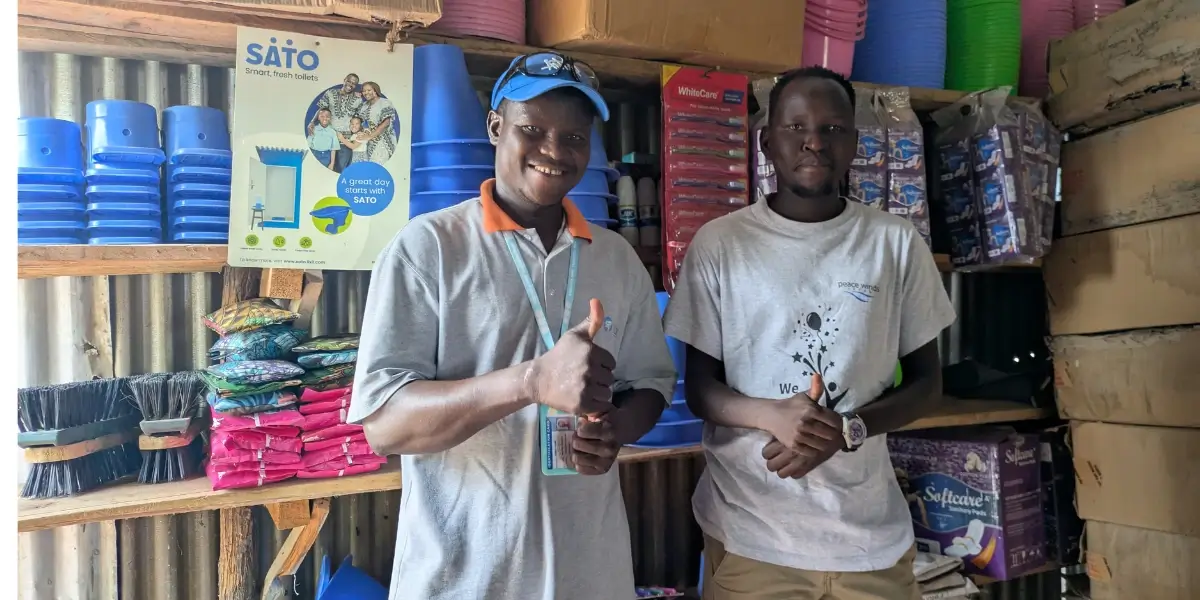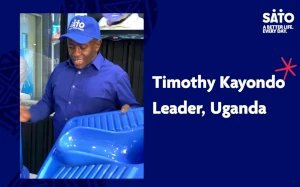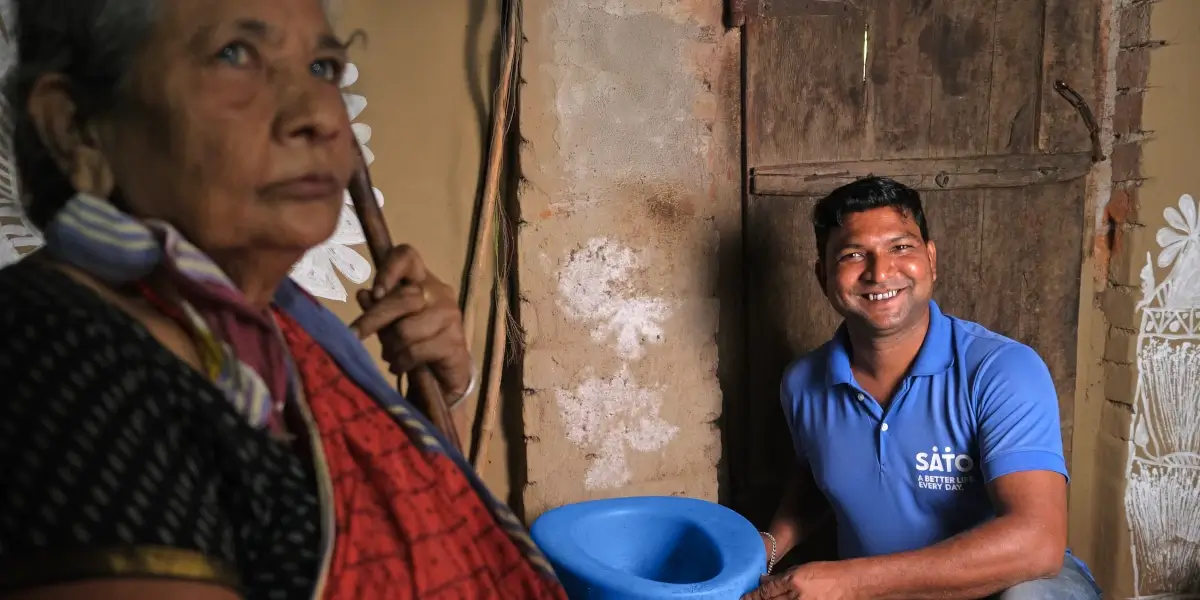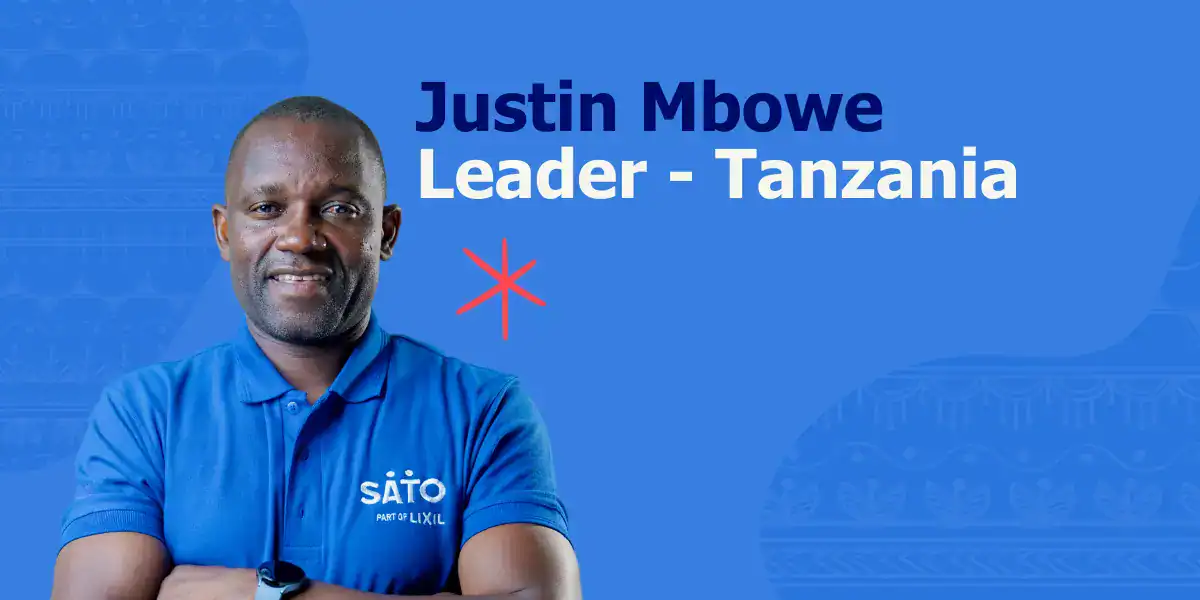
Extending sanitation to rural Uganda through strategic partnerships social marketing and ‘game-changers’

By Timothy Kayondo, Leader, Uganda
Through our strategic partnership with Water for People, we are collaborating to drive Uganda’s progress towards ending open defecation by 2023. With a population of just over 45 million people, 74% of which live in rural areas, Uganda faces a considerable challenge around sanitation accessibility. With many Ugandans living in inaccessible areas, development has previously been hampered by infrastructural barriers and a lack of investment. Whilst supply chains have previously failed to reach the country’s remote rural communities, many families have traditionally lacked the time or capital to spend on implementing new sanitation solutions.
We are working with the world-renowned non-profit development organisation Water for People to develop Uganda’s sanitation distribution chains. To do this, we have leveraged the innovative use of social marketing and our partnership with Water for People to bring accessible and affordable sanitation to rural communities. Our ‘Shitovation’ project has combined our local knowledge and leading R&D capacity with the reach and deployment capabilities of Water for People, alongside our manufacturer Nice House of Plastics, offering communities in Mid-Western Uganda the products they need to unlock health, social and economic value.
Our experience has shown us that partnerships with non-profits like Water for People can be effective in service/product delivery. Like us, they are experts on the ground, offering invaluable access to local WASH knowledge, while also establishing trust and rapport with communities and government through engagement, critically boosting uptake. It is a partnership model and includes joint implementation of activities, which we have successfully used in many of our markets, and it is one we know how to replicate for similar projects, whatever the challenges.
In rural Uganda, we faced some considerable obstacles. We found that accessibility was often a challenge, due to highly weather-susceptible infrastructure, poor connectivity and limited/ inadequate sanitation service providers and value chain actors to the lowest level in the communities, meaning that the sanitation and hygiene needs of many agricultural communities had previously been overlooked. Poor access to sanitation has impacted all in Uganda’s rural communities – from school children who are distracted from their education to women who risk unsafe and dangerous trips at night to travel to their nearest latrine, which is often unhygienic and surrounded by flies. This, amongst other things, leads to high rates of diarrhoea, which poses significant challenges to the health of rural communities, particularly children.
However, with our knowledge of local markets and Water for People’s over thirty-two years of experience, we knew that if we wanted to achieve a strong uptake of our life-changing products, we had to engage community influencers. We called these people our ‘game-changers’.
By identifying local store owners and hardware shop retailers to target with sales of our life-changing products, these game-changers could then sell them directly to local consumers at affordable prices. At the same time, alongside Water for People, we trained a total of 257 masons in the installation and maintenance of our award-winning SATO Pans. By building up local capacity with our products and spreading awareness of their innovative and reliable features among these game-changers, we worked alongside local influencers to turn them into ambassadors for positive change in their communities. This was a critical step to ensuring the growth and sustainment of the region’s sanitation and hygiene market for the long term.
The insights of these influencers were critical for the successful delivery of Shitovation. Not only did they provide advocacy for the benefits of improved sanitation, but they also helped us shape a campaign that would align with the needs of consumers. For example, we quickly learnt that the best way to drive results was to use media forms that resonated most with our target audience. Reflecting this, we decided to focus on radio – a communications channel that, according to the East Africa Radio Service (EARS), is listened to by 85% of Ugandans.
While we sent radio ‘nudges’ all year round, we knew that we needed to centre our campaign around the harvest window. According to research by the Food and Agriculture Organisation of the United Nations (FAO), some 81% of Ugandans rely on rain-fed subsistence farming for food and cash income. It’s a key part of the country’s economy and is responsible for its leading exports, such as tea and coffee. However, it also means that the behaviours of rural Ugandans are heavily aligned with the seasons. Therefore, by targeting communities during a season when they are likely to have higher spending power, we knew our audience would be more receptive to making investments to improve their communities. By focusing on this window, we broadcasted testimonies and interviews with salespeople, alongside an official endorsement from the Ugandan Ministry of Culture, to inspire engaged communities in Uganda’s countryside to act.
Off the airwaves, we combined our campaign with the use of popular physical marketing tools, such as free branded coats, t-shirts, and personalised shop signs. This pushed to remind consumers towards choosing better sanitation and hygiene through high-visibility and brand-driven campaigns, giving our game-changers the tools to become influencers for more reliable and accessible sanitation and hygiene – one SATO logo at a time.
Together, the results of our engagement with influencers were game-changing, while our use of social marketing campaigns saw incredibly impressive results. In total, we sold over 8,000 units, and we are already seeing strong levels of repeat sales – showcasing the lasting appeal of our aspirational products.
Speaking about the partnership, Brenda Achiro, Country Director at Water for People Uganda, said:
“Therefore, as we look to the future, we are excited to continue to double down on our efforts to extend the life-changing opportunities that safe sanitation and hygiene bring to communities across rural Uganda. As a purpose-driven business, we are taking strides to make safe sanitation a reality for thousands through our partnerships, and we don’t intend to stop now.”
WANT TO STAY UP TO DATE?
Subscribe to our newsletter to stay on top of the latest news, views, and stories from on the ground.
The easiest way to do this is to sign-up for our LinkedIn newsletter here. We'll then send you a bi-monthly letter from our Leader, Erin McCusker.

Similar articles
While global in scope our stories are local at heart.



 Copyright © LIXIL 2025
Copyright © LIXIL 2025